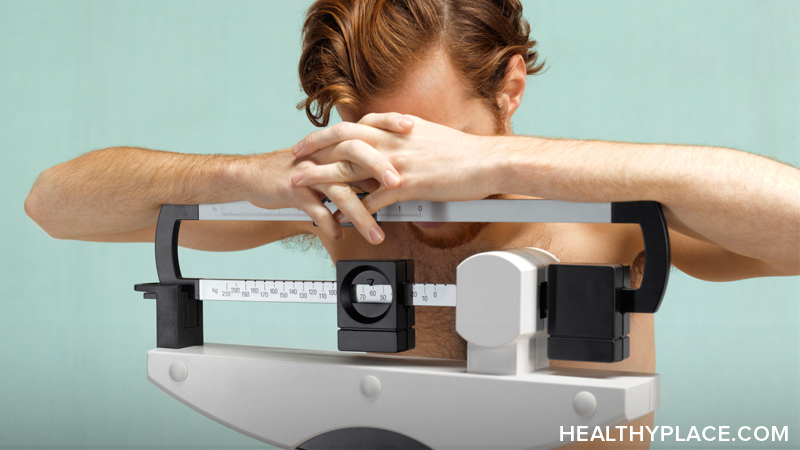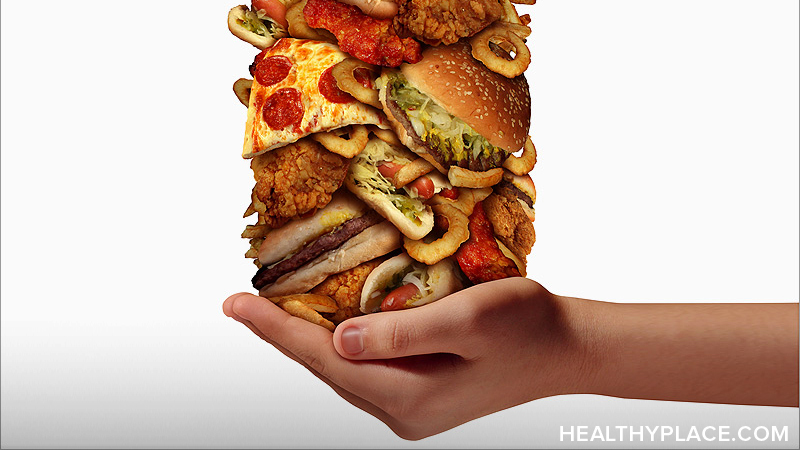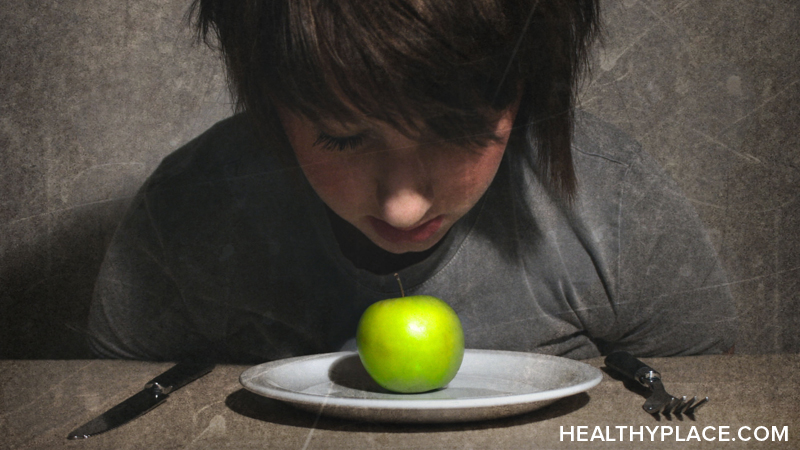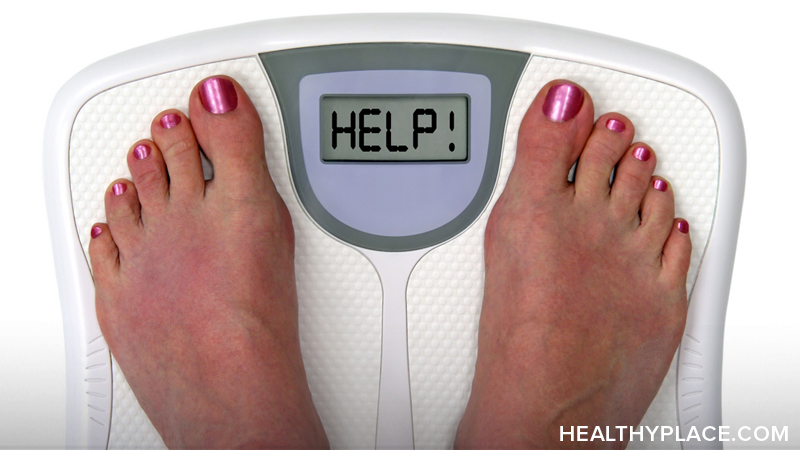Pro-Anorexia and the Thinspiration Movement - What is Pro-anorexia?
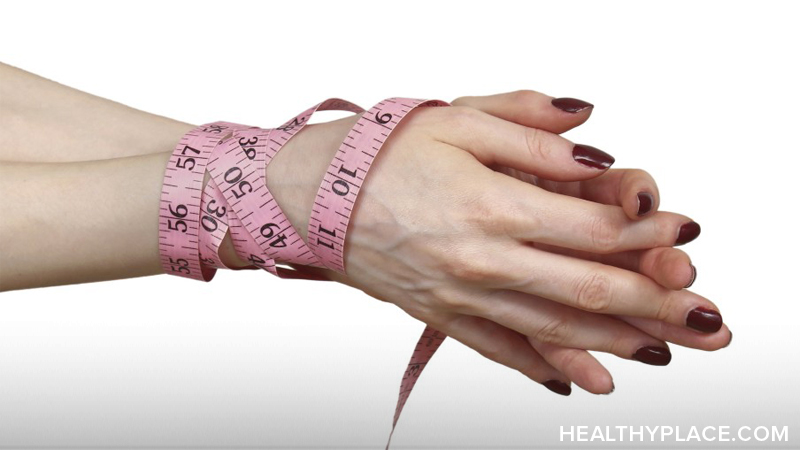
Pro-anorexia is a movement that seeks acceptance of anorexia nervosa. Adherents also use the term "thinspiration." It is often part of human nature to band together, and seek acceptance from the larger whole, along with understanding and acceptance. Sometimes this practice results in a positive outcome, but there are also times when said movement has the potential to harm a great number of people, either by keeping them from the truth or by projecting a skewed image of reality to certain vulnerable populations. The pro-anorexia movement, or "pro-ana" movement as it is also called, is one of those situations.
Pro-anorexia individuals view anorexia as something of a lifestyle choice as opposed to an actual psychological disorder which has horrifying physical ramifications if left untreated (Complications of Anorexia: Medical-Psychological Complications of Anorexia). This may be partially due to Western society having become increasingly image obsessed. Our sense of body image has become drastically warped, and suddenly it's "in to be thin," and often dangerously so.
The incidence of eating disorders has increased, and with that increase has come a vocal group who want to protect the freedom of their choice to have an eating disorder, or to be pro-anorexia. Similarly, as the overall size of the average waistline increases, we are also seeing the opposite effect, people who want to protect their right to the choice of being "big and beautiful."
Both movements have positive and negative points depending upon how they are being viewed. For the sake of this article, we will be looking at the viewpoints of those who are pro-anorexia and actively seek "thinspiration" (that is, inspiration to stay thin).
What Is Pro-anorexia and the Thinspiration Movement?
Anorexia thinspiration is a blanket term for a collection of images that people in the pro-anorexia movement tend to use as motivation to maintain their thin figure. The images depict other thin people, actors, actresses and others who are fitting well within the mold of the movement to be super thin.1
The movement as a whole stems from a growing sub-culture of people who want acceptance, and feel that they deserve it, even in the throes of disease. Again, it's human nature to band together, sometimes this is even healthy. But what is not healthy is perpetuating a psychological disease.
That said, the basis of the movement is that to be anorexic does NOT constitute having a mental illness. If it is labeled as something else, this helps justify the "correctness" of the movement which is essential for its success. Obviously, many individuals on the outside feel that it is the manifestation of the multi-layered complexities of anorexia leading followers to justify and then perpetuate this.
What Impact Could the Pro-anorexia Movement Have?
The impact of a widespread pro-anorexia movement could affect vulnerable youth and those in the grip of anorexia. Instead of seeking help and treatment for anorexia, they may be lulled into thinking that their disease is acceptable. The longer answer is that, while everyone is entitled to support, a sense of belonging and freedom of expression, this could be potentially harmful to everyone.
Seriously ill anorexics are in denial about the realities of their health, and to continue to allow that would be inappropriate on some level. On the other hand, how do you stop such a thing, without violating sacred rights, and further how do you protect those who could be easily brought into the dangerous fold?
What Harm Does Labeling Oneself as Pro-anorexic Do?
Labeling oneself as pro-anorexic is basically condoning hazardous behavior that stems from a much darker place, as a lifestyle choice. If someone wants to and chooses to starve themselves to death, should they have that freedom? It's a difficult subject in relation to one person, much less when an entire group comes together and creates a community with a much broader reach.
Are Pro-anorexia Websites Threatening Our Youth (And If So, How?)
The simple existence of these types of pro-anorexia websites or communities is not harming youth per se. Rather it is the fact that young people often times have unrestricted and uninformed access to them. This, coupled with the inherent vulnerability of age, could cause problems. This movement comes across as rather cult-like, and that can be dangerous for those who don't know any better.
In the best of outcomes, a pro-anorexia website is browsed out of curiosity and never touched again. In the worst, it piques curiosity, and the information triggers a mentality shift into group-think. Could this then lead to an eating disorder?
One way to combat pro-anorexia is for parents need to take responsibility for educating their kids in this area just like anything else. Education about anorexia, pro-anorexia, thinspiration, and about the proper use of the internet will all help to equip teens to deal with the information they find online in a constructive manner.
APA Reference
Tapia, A.
(2022, January 4). Pro-Anorexia and the Thinspiration Movement - What is Pro-anorexia?, HealthyPlace. Retrieved
on 2025, October 29 from https://www.healthyplace.com/eating-disorders/anorexia-nervosa/pro-anorexia-and-the-thinspiration-movement-what-is-pro-anorexia


